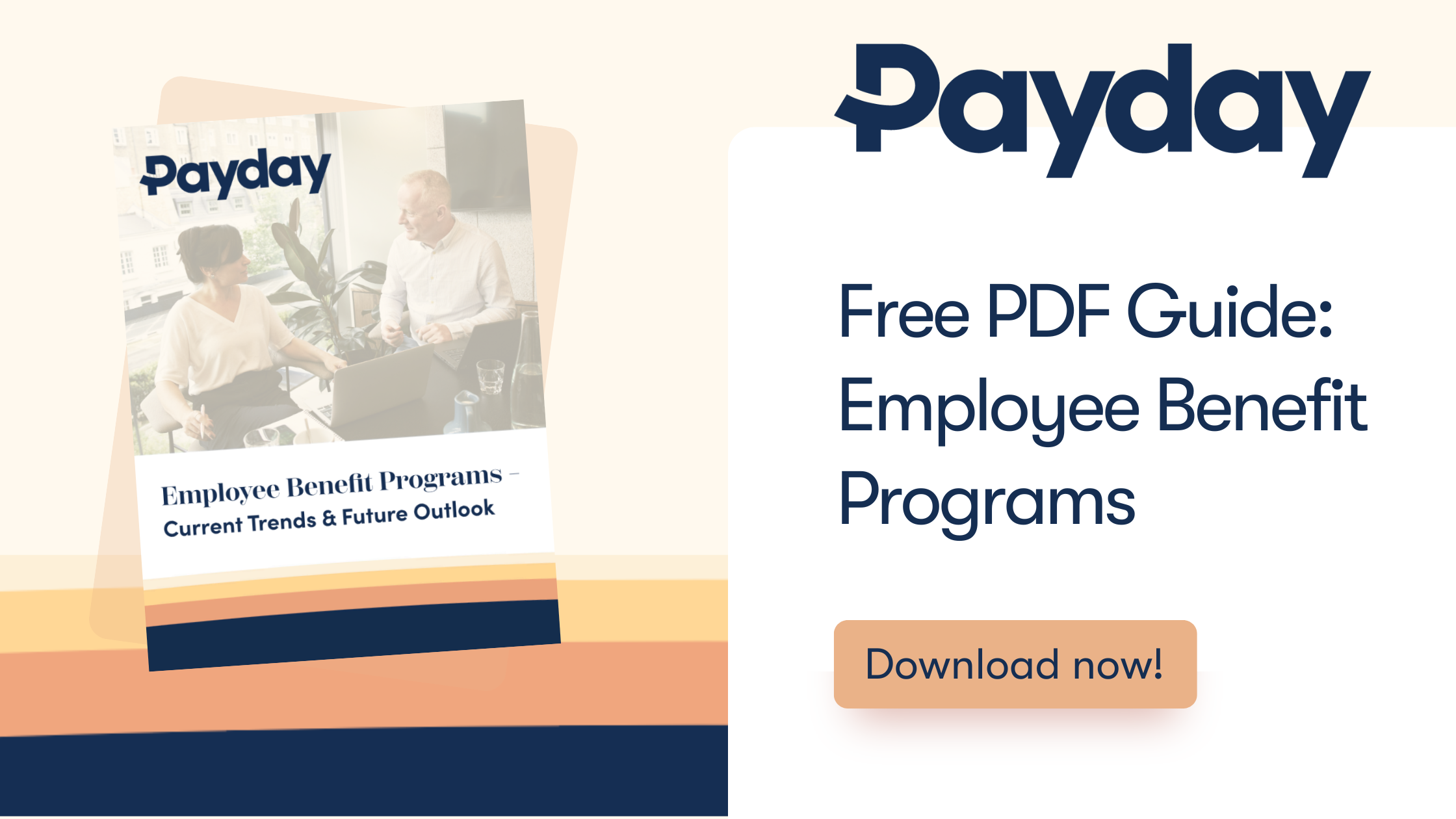Benefits administration and payroll are separate yet interrelated functions, resulting in a series of overlapping activities. For example, the following benefits must be implemented, managed, tracked, distributed and reported from a benefits and payroll perspective.
- Medical, dental, vision, life and disability insurance.
- Retirement plan.
- Flexible spending plan.
- Health savings accounts.
- Travel and accident plan.
- Workers' compensation.
- Leave of absence.
- Employee assistance.
- Wellness plan.
- Car allowance.
- Tuition reimbursement.
4 Issues with a Non-integrated System
- Each employee's benefit options must be entered into both the benefits and payroll systems, raising the odds of data entry errors.
- There are several laws relating to employee benefits, including the Employee Income Retirement Security Act, Section 125 of the Internal Revenue Code, the Family Medical Leave Act, the Affordable Care Act and the Consolidated Omnibus Budget Reconciliation Act (COBRA). In the absence of an integrated system, there's a greater chance for errors stemming from regulatory noncompliance.
- With a nonintegrated system, data storage is fragmented, making it harder for your benefits and payroll teams to quickly access and track information, keep good records and make sound decisions.
- When employees elect or change their benefits during open enrollment, the information does not automatically transfer between the benefits and payroll systems. This not only heightens the risk of data entry errors, but it also causes your benefits and payroll teams to spend too much time managing open enrollment and processing relevant documents.
Maximizing Efficiency Via Systems Integration
For optimal efficiency, your benefits and payroll departments must work seamlessly together, in the least amount of time possible. You can achieve this by merging your payroll and benefits data management systems into one solution that enables the following:
- When employees are added to the benefits system, their hire date, demographics and benefits options flow automatically to the payroll system.
- When employees elect or change their benefits, the information goes straight from the benefits system to the payroll system.
- When employees are terminated in the payroll system, the data automatically streams into the benefits system.
All of this eliminates double keying and reduces the potential for errors. Additionally, integrating benefits administration and payroll:
- Makes it easier to comply with regulatory requirements, including benefits reporting and payroll tax filing.
- Allows access to the benefits and payroll system via a single login, instead of requiring multiple logins.
- Facilitates employee self-service; employees can enter, track and retrieve certain benefits and payroll information on their own.
- Improves recordkeeping and decision-making.
- Reduces labor and IT infrastructure costs.
Ultimately, combining both systems into one unified solution lets you centralize your benefits and payroll processes in a financially attainable manner.


